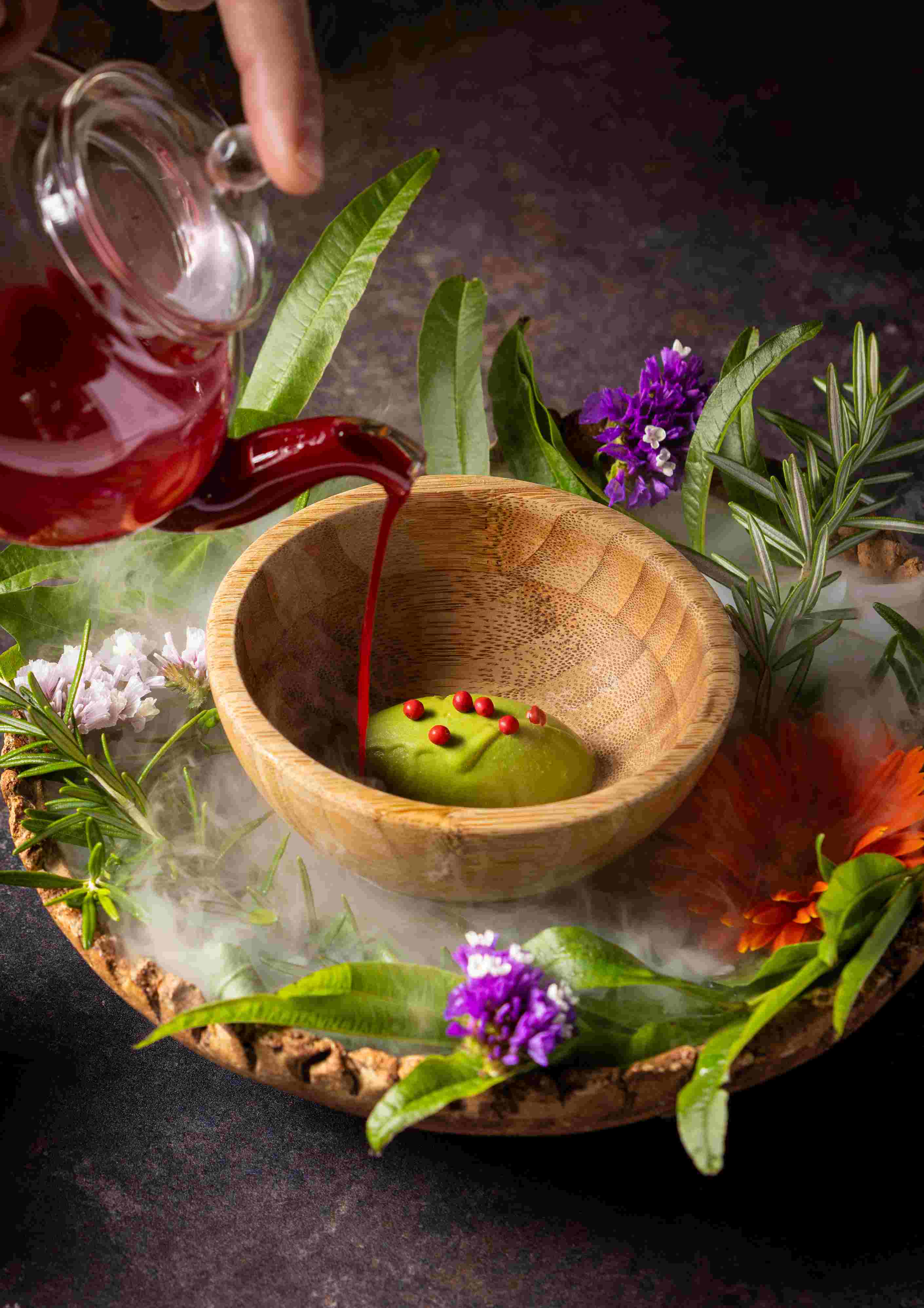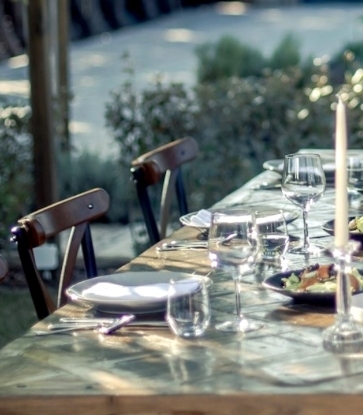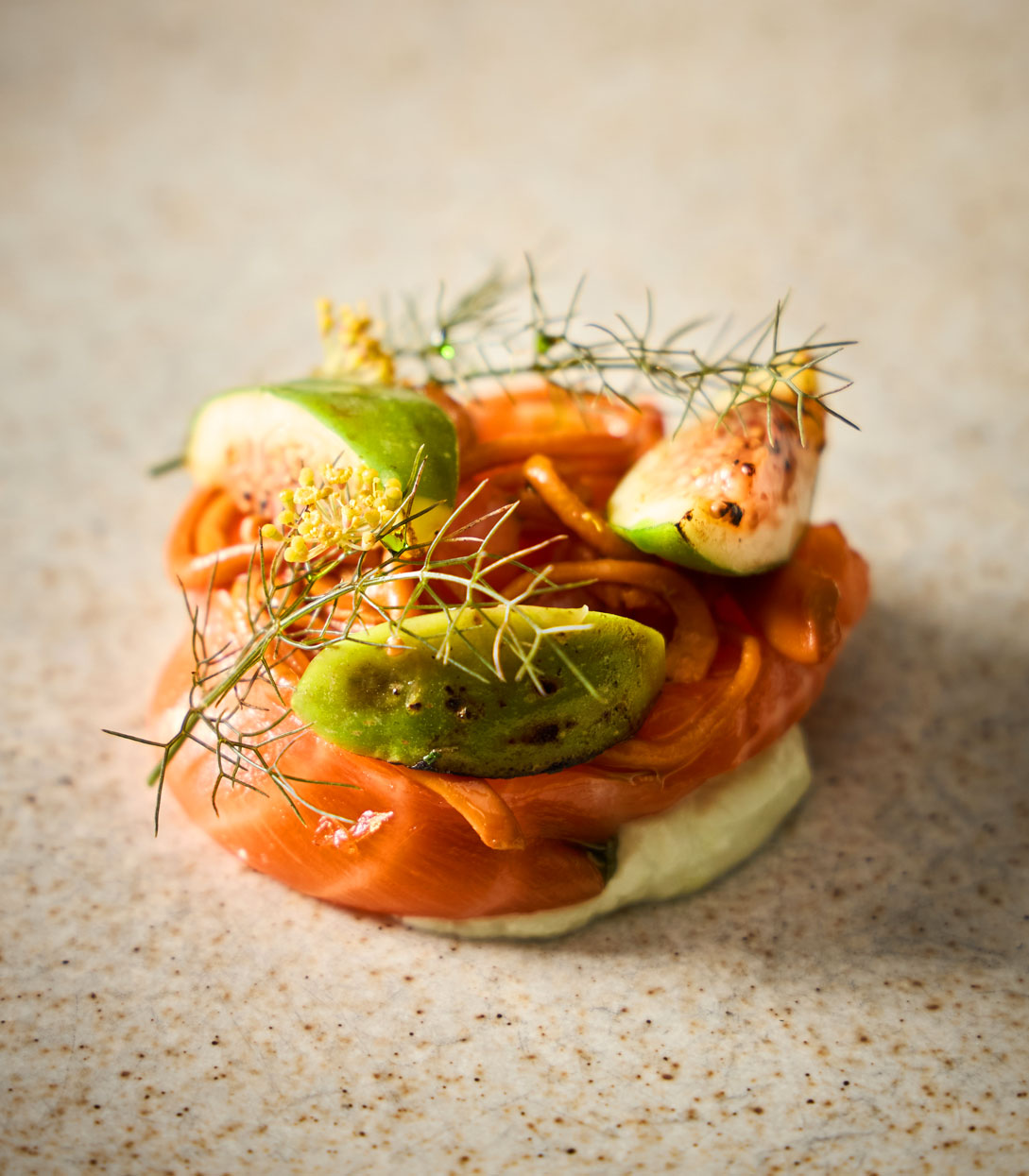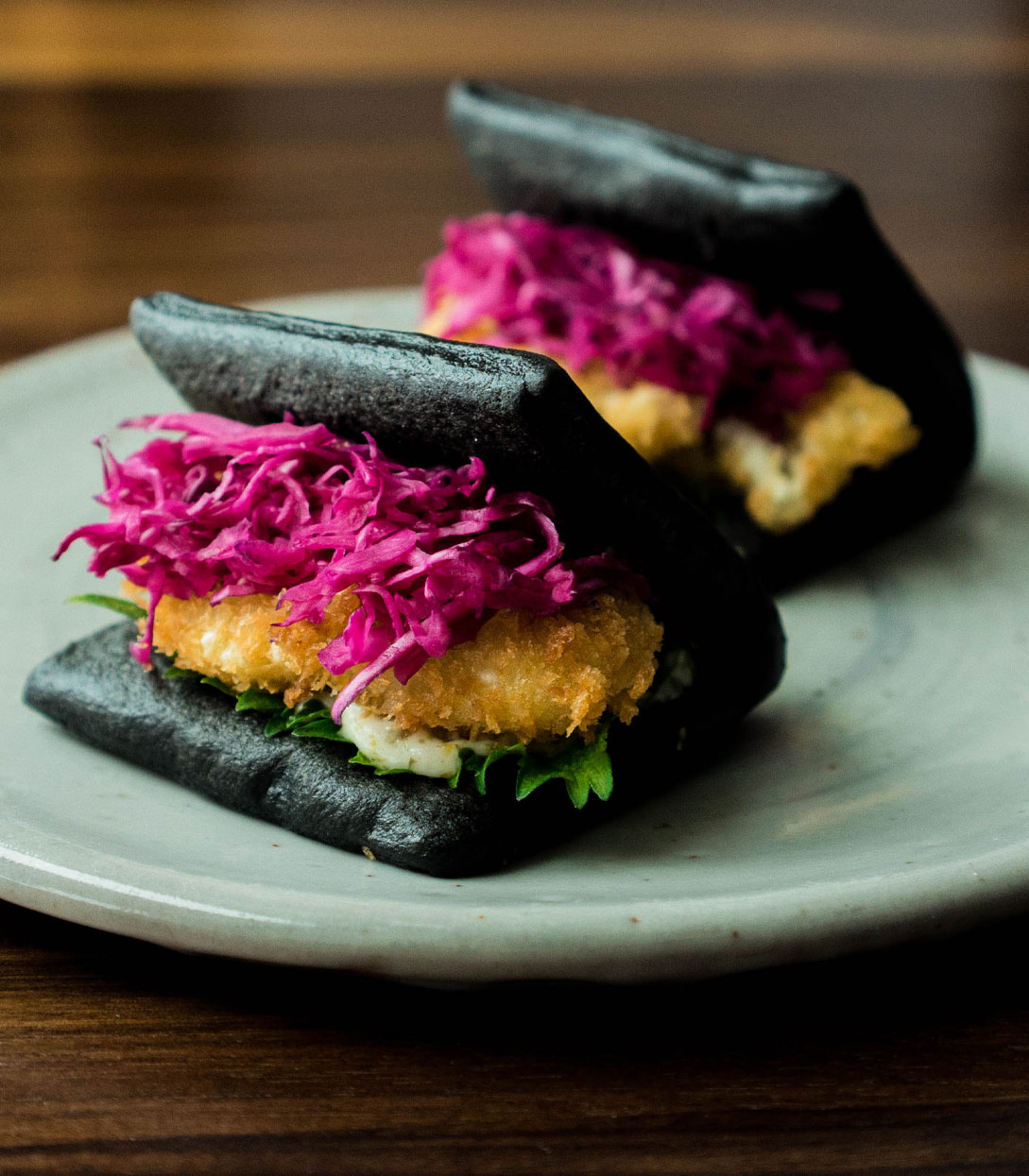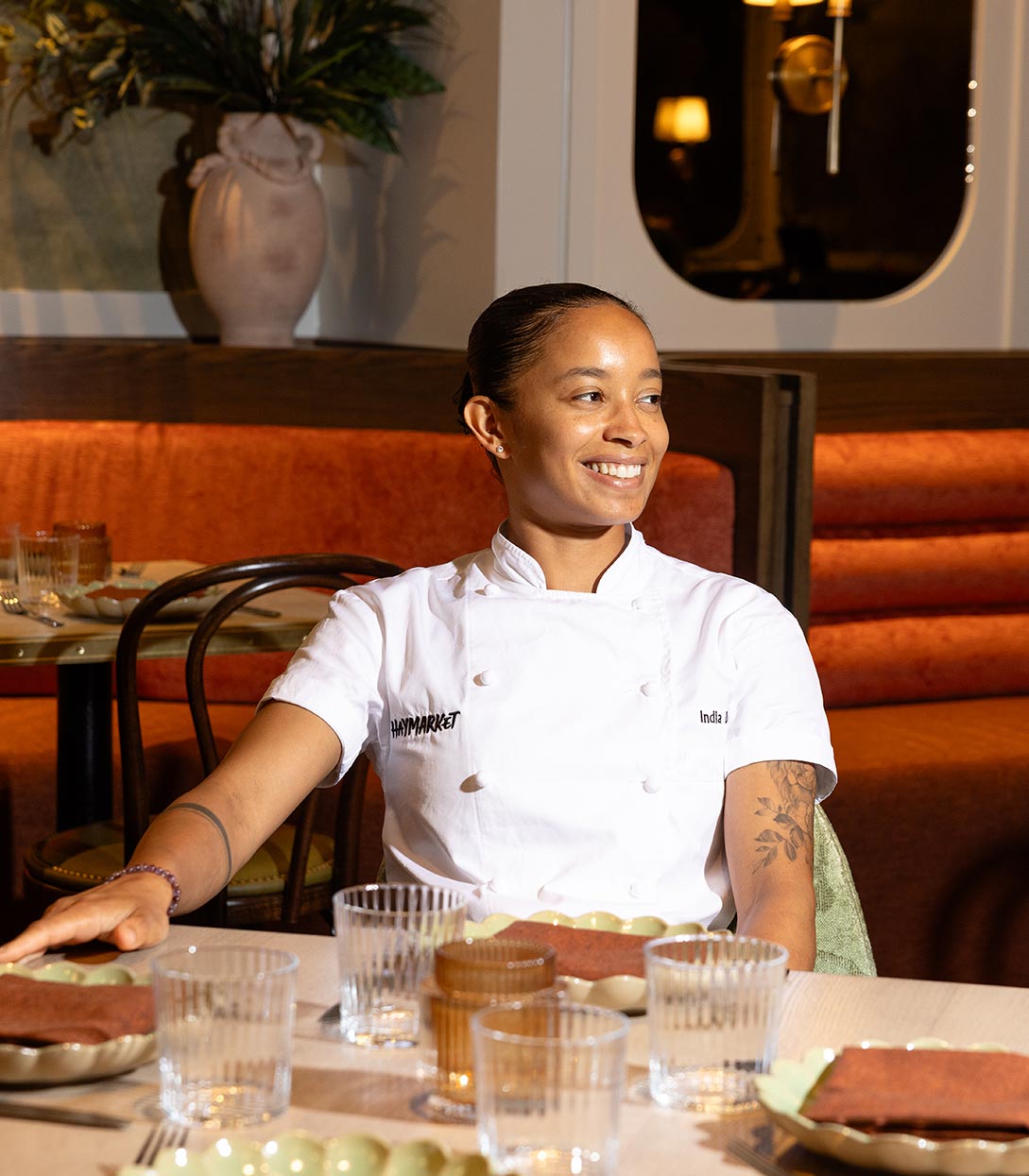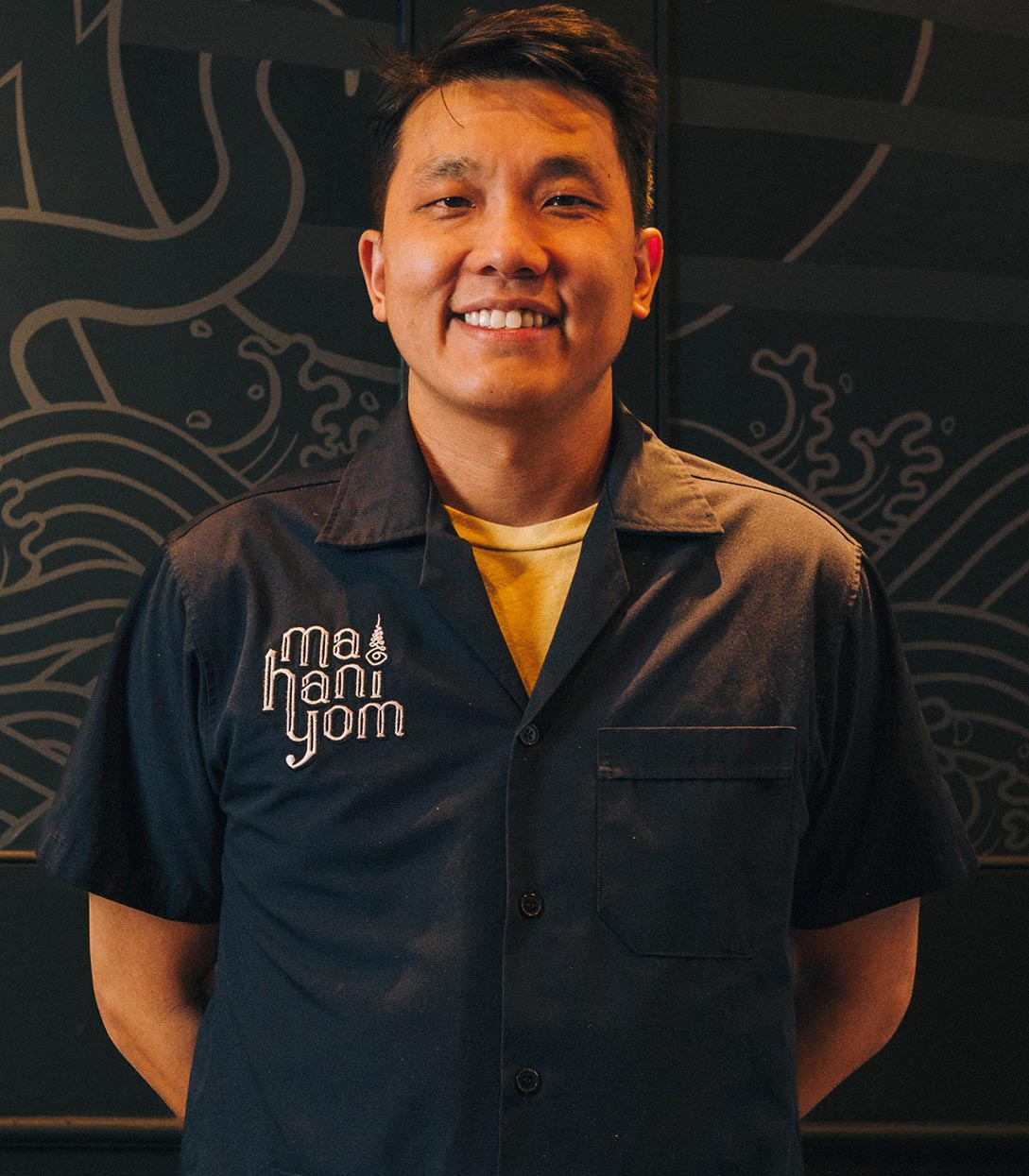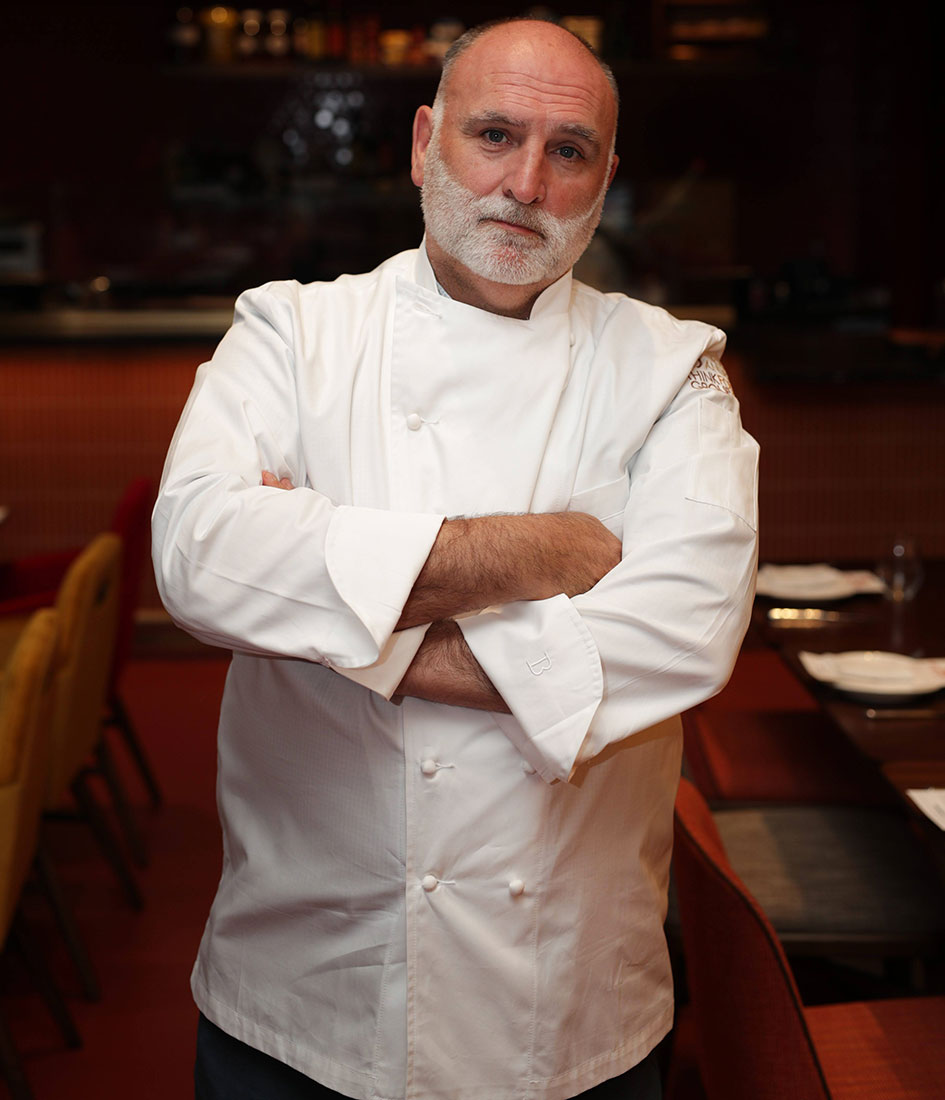After a two-night stay at the Rosewood Inn of the Anasazi, in Santa Fe, it is possible to feel that the hotel is not a hotel at all but rather the high-desert adobe home of your dreams. Kiva fireplaces glow in every room. Ceilings are made with peeled log beams. Dogs are welcome. During the golden hour, while you are downstairs sampling the restaurant’s smoky ash salsa, someone will leave a new gift on your night stand—chocolate-covered strawberries, perhaps, or a biscochito, the anise and cinnamon-flavored state cookie of New Mexico.

There is no trace, in other words, of the building’s previous incarnation as a penitentiary. Befitting the local culture, this history was smudged away in a blessing ceremony, performed on the autumn equinox of 1990 by a Franciscan priest, a Buddhist monk and a Hopi shaman. A time capsule filled with art and symbolic objects was placed in the building’s foundation. In recent years, after an ownership change in 2019, the hotel has undergone another upgrade.
The inn sits half a block from the Santa Fe Plaza, which means it is walking distance from everything a visitor might want to see in the historic district. The Georgia O’Keeffe Museum is close by. So are St. Francis Cathedral and the Loretto Chapel, home of the “miraculous staircase.” If you want to go farther afield—to the spectacular Museum of International Folk Art, or the Santa Fe Botanical Garden—there’s a house car to take you there.

To locals, the Anasazi is best known for its food. When I arrived, on a cold night in December, it was Taco Tuesday. The chef de cuisine, Oliver Cortez, is from Guanajuato, the former silver capital northwest of Mexico City. In addition to the obligatory taco-night fare—carnitas, al pastor, carne asada—Cortez was offering braised beef tinga and creamy tacos de rajas, filled with stewed poblanos, caramelized onion and queso fresco.
But to a more rarefied set of guests, the inn is known for something else entirely: Its tequila collection. The expert on staff, Javier Lozoya, cruise-directs five or six private tastings a month, according to the proclivities and curiosities of each client. Some of these guests want “the celebrity tour,” a sampling of the many tequilas now produced by famous people—Michael Jordan’s Cincoro Tequila, Adam Levine’s Calirosa Tequila, The Rock’s Teremana Tequila, Kendall Jenner’s 818 Tequila. Others request what Lozoya calls “lo mejor de lo mejor.” The best of the best.
I’d come for some version of the latter. When I met Lozoya in the lobby bar, the atmosphere was loud and happy. A couple of Arizona snowbirds were trying the Sandia & Pepino, a house margarita made with watermelon juice, cucumber and Tajín. Lozoya, who is from a small village in Chihuahua, began with a charming overview of tequila’s origin myths. According to one, the Aztec god Quezalcoatl sent Mayahuel, the goddess associated with the agave plant, to give humans a special drink. Long story short, Mayahuel bore 400 drunk rabbit children. “One of the legends say that when you drink tequila, one of the 400 drunk rabbits comes to take your body,” Lozoya explained. Pretty soon, he said: “You are acting like one of the drunk rabbits.” Another legend holds that tequila was discovered when lightning struck a crop of agaves. “You know it’s tequila because you feel the burn in the back,” Lozoya said, pointing to his throat. “That is a present from the gods.”

Traditionally, tequila has been divided into three groups: blanco, also called silver or plata, which is unaged and totally clear; reposado, which is aged for at least two months; and añejo, which is aged for a year or more. The first tequila Lozoya poured, Don Julio 70, represents a newer, unofficial grouping colloquially called “cristalino.” These are aged tequilas that have been made colorless, usually through filtration. Don Julio 70 is technically an añejo—it was aged in American white oak barrels for 18 months—but it was charcoal-filtered to remove the darker tint that añejos tend to have, so it is crystal clear, like a blanco. The flavor was clean and smooth, citrusy but with a peppery aftertaste.
Next he poured a reposado by Casa Dragones, the small-batch distillery in San Miguel de Allende founded by Bertha González Nieves, the first woman to be certified “maestra tequilera” in Mexico. Casa Dragones’ reposado is rested in casks made of mizunara, a rare oak native to Japan. It’s the color of pale straw, and next to the cristalino its delicate flavor is “more forest,” as Lozoya put it: juniper, fig, maybe a bit of blueberry.
Then I graduated to an extra-añejo, which is the newest official tequila grouping. Tequilas in this class spend a minimum of three years in an oak barrel. Lozoya chose Selección Suprema de Herradura, produced at the historic Casa Herradura distillery in Amatitán. It’s aged for 49 months, during which it acquires a dark amber color and an extremely smooth finish. To highlight its rich, caramelly flavor, Lozoya brought out an appetizer—tuna poke with avocado and flecks of raw jalapeño.

I expected the next tequila to be darker still, but to my astonishment it was blush pink, the color of a rosé from Provence. This was the Reposada Rosa by Komos, a newish brand that borrows from French winemaking techniques. It’s aged for two months in French oak red wine barrels, hence the pink hue. “For ladies, when they like to drink tequila but they don’t want something strong,” Lozoya said. His description was apt. The flavor was light and crisp, with a hint of plum, and there was no burn. (What would the gods say?)
Lozoya disappeared into the kitchen, then emerged wearing a mischievous expression. I knew why moments later, when a waiter arrived with a lovely dessert plate—rouge-colored panna cotta in the shape of a rosebud, with strawberry compote and a scoop of raspberry sorbet. Lozoya was now holding what appeared to be an ornate black pepper grinder. It was a bottle of Clase Azul’s Tequila Ultra, an extra-añejo that is aged for five years, first in American whiskey casks and then in Spanish sherry casks. (The bottle shape was inspired by a gothic table leg, Clase Azul’s founder, Arturo Lomeli, has said.)

Is there a German word for the precise moment you know you’ve been spoiled forever? The moment you taste something so sublime that you understand immediately, right then and there, that there’s simply no going back? This is the question that ran through my mind when I first sipped the contents of Clase Azul’s mysterious pepper grinder. I sat there speechless. Then my eyes met Lozoya’s. After a few more seconds of silence, we both started laughing. “Yeah,” Lozoya said eventually. “I love it.” Later, I looked online to see if anyone had found words to describe the exquisite flavor of this divine tequila and discovered that one website likened its finish to a “caramel-coated cloud in the final moments of a summer sunset.” I can’t do better than that.
We finished with two mezcals. Lozoya explained that mezcal is smokier than tequila because the hearts of the agave plants, or piñas, are roasted the old way, in earthen pits. The first, Bozol’s Coyote Reserva, made from coyote agaves, was delightfully smoky. The second, by Koch El Mezcal, was made from tepeztate agaves, which can take up to 35 years to mature. It was smoky, too, but in a subtle, earthy way. To cut the smokiness, Lozoya suggested I try one of the garnishes sitting on a plate nearby—deep-fried crickets, a popular snack in Oaxaca. “Put the lime on the cricket, and put it in the Tajín,” he instructed. The cricket was crunchy, salty, tangy and minerally all at once. Had I been wearing a blindfold, I might have guessed it was a chile-flavored corn nut.

Santa Fe during the winter holidays is a magical place. Much of the city is decorated with farolitos, the little lanterns fashioned from brown paper bags and votive candles, and the trees in the plaza are draped in colorful lights. I’d seen all this the night before, so when the tasting was over, I went back to my room. I returned to find a fire burning in the kiva and a small dreamcatcher on my pillow. I climbed into bed and burrowed into its soft Italian sheets. I didn’t feel like a drunk rabbit, but I did sleep like one.
Hero image: © Rosewood Inn of the Anasazi










